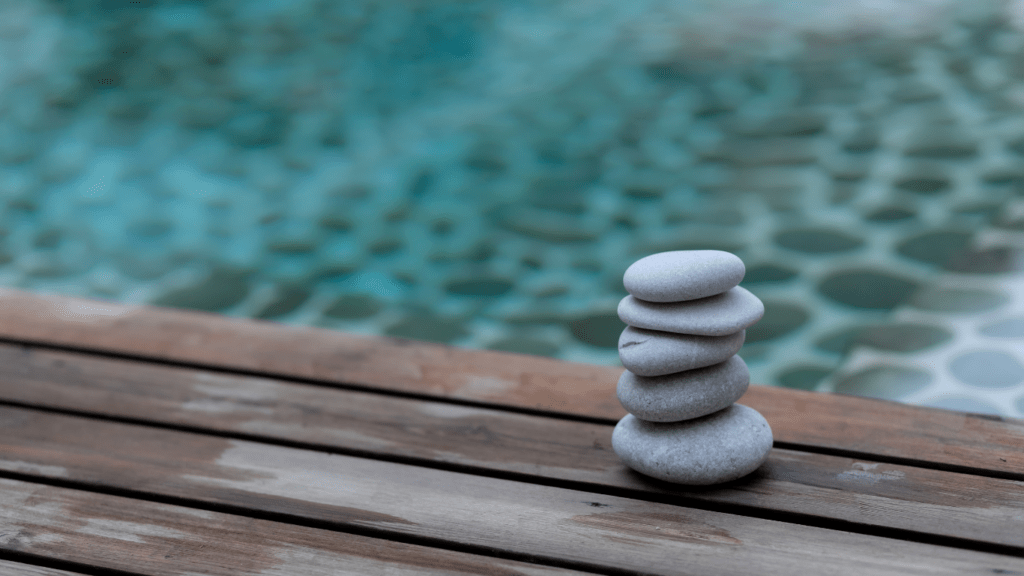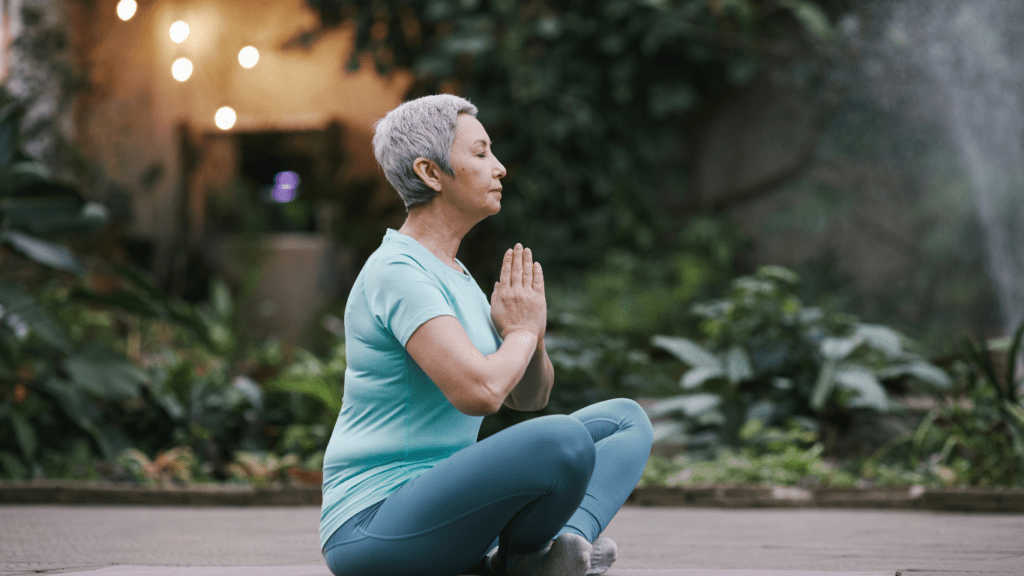Creating a peaceful meditation space at home can transform your daily practice and enhance your overall sense of well-being. As I’ve delved into the world of mindfulness and meditation, I’ve discovered the profound impact that a dedicated space can have on the quality of my sessions.
By curating a tranquil environment tailored to your preferences, you can cultivate a sanctuary for inner peace and reflection. In this article, I’ll share practical tips and insights on how to design a serene meditation space that resonates with your unique style and fosters a deep sense of calm.
From selecting the right location to incorporating soothing elements like plants and essential oils, I’ll guide you through the process of creating a sacred oasis within your home. Join me on this journey to carve out a sacred space where you can unwind, reconnect with yourself, and embrace the present moment fully.
Planning Your Meditation Space
When planning your meditation space, it’s crucial to consider a few key aspects that will help create a tranquil environment for your practice.
Here are some essential steps to guide you in designing a peaceful sanctuary at home:
- Choose a Quiet Location: Select a quiet and relatively undisturbed area in your home for your meditation space. This could be a corner of a room, a cozy nook by a window, or any place where you feel comfortable and can focus without distractions.
- Natural Light and Ventilation: Opt for a space with good natural light and ventilation. Natural light can energize the room and uplift your mood, while proper ventilation ensures fresh air circulates, creating a serene atmosphere for meditation.
- Comfortable Seating: Invest in a comfortable cushion or mat to sit on during meditation. Choose a seat that supports your posture and allows you to sit comfortably for an extended period. This will help prevent any discomfort that may arise during your practice.
- Declutter and Simplify: Keep the space clutter-free and organized to promote a sense of calm and tranquility. Minimize distractions by decluttering unnecessary items and simplifying the decor to create a peaceful ambiance that fosters focus and relaxation.
- Personal Touches: Add personal touches to make the space your own. Consider incorporating elements that resonate with you, such as meaningful artwork, inspirational quotes, or items from nature. These personalized touches can enhance your connection to the space and create a more inviting atmosphere for meditation.
By following these steps and setting up your meditation space thoughtfully, you can create a harmonious environment that promotes mindfulness and inner peace in your daily practice.
Choosing the Right Location
When determining the ideal spot for your meditation space, consider integrating these criteria to optimize your practice.
Natural Light vs. Artificial Light
Prioritize natural light as it fosters a calming ambiance and provides a connection to the outdoors. If natural light is limited or unavailable, elevate the space with soft, warm artificial lighting to maintain a serene atmosphere during meditation sessions.
Selecting Comfortable Seating Options
When creating a peaceful meditation space at home, choosing the right seating is crucial for a comfortable and focused practice. Opt for seating options that support good posture and allow for relaxation.
Here are some key considerations when selecting comfortable seating for your meditation space:
- Floor Cushions: Adding plush floor cushions can provide a cozy and relaxed seating option for meditation. Opt for cushions filled with supportive materials like buckwheat or memory foam for added comfort during longer sessions.
- Meditation Chairs: Investing in a meditation chair designed specifically for practice can offer excellent back support and promote proper alignment. Look for chairs that encourage an upright posture while keeping you comfortable and relaxed.
- Yoga Mats: Utilizing a soft and cushioned yoga mat can be an excellent seating choice for those who prefer a closer connection to the ground during meditation. Yoga mats provide a stable and supportive base for sitting, especially for practitioners who enjoy floor seating.
- Benches or Stools: For individuals who prefer a slightly elevated seating position, benches or stools can be a great option. Choose benches or stools that are sturdy and ergonomically designed to support your posture while meditating.
By selecting comfortable seating options that align with your preferences and support your body during meditation, you can create a tranquil space that enhances your practice and overall well-being. Prioritize comfort and relaxation to cultivate a serene atmosphere that allows you to fully immerse yourself in the present moment during meditation sessions.
Adding Calming Elements
To enhance the serenity of your meditation space, I recommend integrating specific calming elements that promote relaxation and mindfulness. Incorporating these elements can create a harmonious environment conducive to deepening your meditation practice.
- Water Features: Adding a small fountain or tabletop water feature can introduce a sense of tranquility through the soothing sound of flowing water. The gentle trickling sound can aid in calming the mind and fostering a peaceful atmosphere for meditation.
- Aromatherapy: Utilizing essential oils or incense can enhance the ambiance of your meditation space. Scents like lavender, frankincense, or sandalwood are known for their calming properties and can help create a serene environment for your practice.
- Soft Fabrics: Introducing soft fabrics such as plush cushions, cozy blankets, or meditation shawls can add a touch of comfort and warmth to your meditation area. Opt for natural materials like cotton or linen for a soothing tactile experience.
- Natural Elements: Incorporating natural elements like plants, stones, or seashells can bring a sense of the outdoors into your meditation space. Plants not only improve air quality but also create a connection to nature, enhancing the peaceful ambiance of the room.
- Mindful Decor: Choose decor items that hold personal significance or reflect your spiritual beliefs. Items like prayer beads, crystals, or mandalas can serve as focal points for your meditation practice and infuse the space with positive energy.
By incorporating these calming elements into your meditation space, you can create a tranquil environment that promotes relaxation, mindfulness, and spiritual growth. Experiment with different elements to personalize your space and tailor it to support your unique meditation journey.



 Wellness Coach
Jake Beet is a certified wellness coach at Aura Nature Spark, specializing in personalized nutrition and fitness plans. With a background in exercise science, Jake is dedicated to helping individuals achieve their health goals through tailored programs that emphasize balance and sustainability. His engaging and supportive approach empowers clients to make positive lifestyle changes that last. Jake believes that wellness is a journey, and he is passionate about guiding others toward a happier and healthier future.
Wellness Coach
Jake Beet is a certified wellness coach at Aura Nature Spark, specializing in personalized nutrition and fitness plans. With a background in exercise science, Jake is dedicated to helping individuals achieve their health goals through tailored programs that emphasize balance and sustainability. His engaging and supportive approach empowers clients to make positive lifestyle changes that last. Jake believes that wellness is a journey, and he is passionate about guiding others toward a happier and healthier future.
